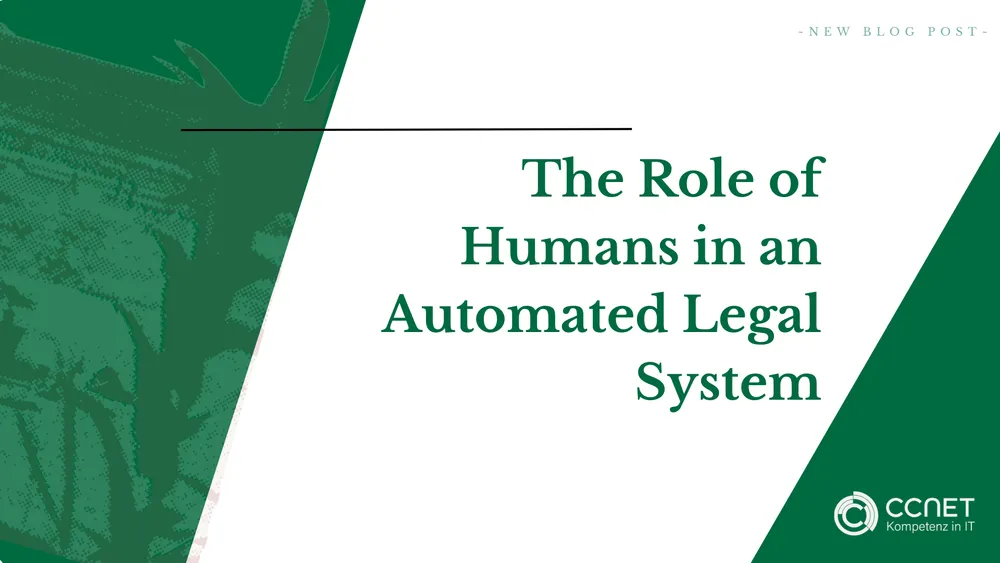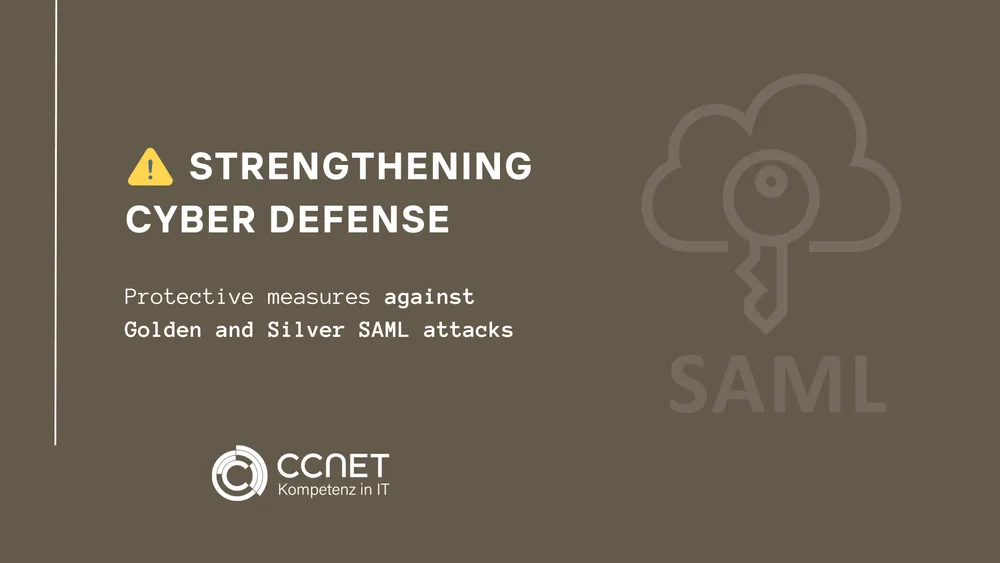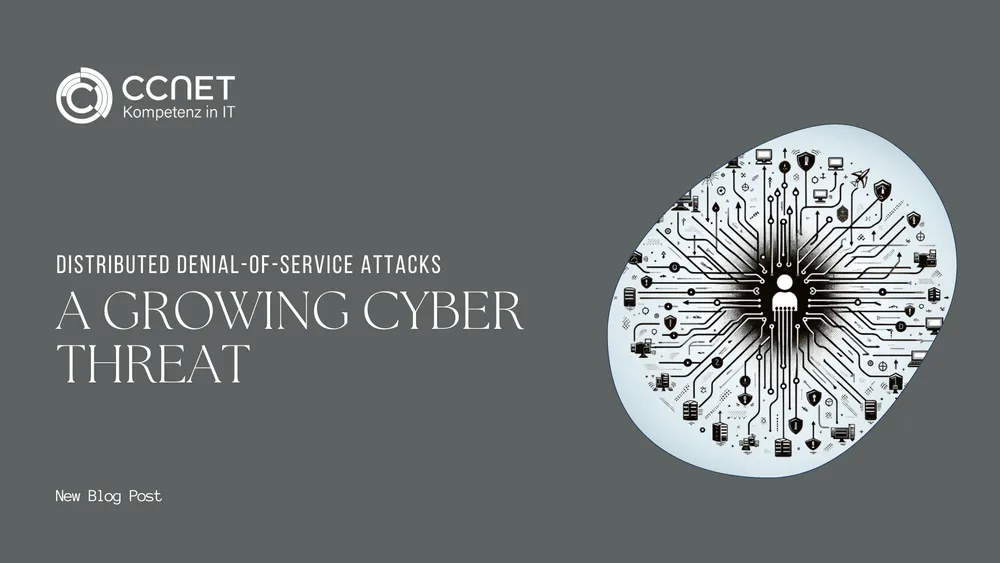
CCNet
Feb 23, 2024 • 2 min read

The Hidden Threat: Vulnerabilities in Hardware and Connected Devices
Technology and connectivity are ubiquitous in nearly every aspect of our lives, making hidden vulnerabilities in hardware products and connected devices a significant threat to cybersecurity. These vulnerabilities differ fundamentally from those in software products, as they often cannot be easily addressed through patches. Their origins are deeply rooted in the manufacturing processes and architecture of the products, making them a preferred target for potential attackers.
Hardware Vulnerabilities: A Persistent Gateway
Due to their permanent nature and the difficulty in fixing them, hardware vulnerabilities provide a lucrative target for cybercriminals. Attack possibilities are diverse, ranging from exploiting the functionalities of transistors and the microarchitecture of processors to vulnerabilities arising from various steps in the supply chain and production. While the financial expenses to exploit these vulnerabilities may be higher than with software vulnerabilities, the potential benefit for attackers—and thus the risk for users and businesses—is enormous.
Since the infamous MELTDOWN and SPECTRE attacks in 2017, the threat of hardware vulnerabilities has gained public attention. These attacks exploited the speculative execution of modern processors, a mechanism crucial for processor performance but also a vulnerability for cyber attacks. New variants of such attacks are likely to emerge as long as the fundamental microarchitecture of processors remains unchanged.
Connected Devices: The Growing Attack Surface
In addition to hardware vulnerabilities, connected devices, especially in the Internet of Things (IoT) realm, bring a variety of security risks. The digital attack surface of these devices steadily expands with the degree of their connectivity and complexity. Every additional interface and controller in these devices provides potential attack vectors that cybercriminals can exploit.
In the automotive sector, for example, vulnerabilities have been identified that allow attackers to remotely access vehicle functions. These vulnerabilities illustrate that not only the vehicle itself and its internal systems but the entire ecosystem, including trust relationships between various market players, must be secured.
Security Measures
Securing against hardware vulnerabilities and the risks of connected devices requires a comprehensive strategy. This includes the use of dedicated security elements and fully logically separated processor units for storing and processing sensitive data, as well as the implementation of security concepts and penetration testing by manufacturers.
Independent security assessments and certifications, such as the ISO standard 15408 (Common Criteria for IT Security Evaluation), can serve as indicators of good security functionality in IT products. Moreover, it is essential for manufacturers to incorporate basic security concepts into the design of products (Security by Design).
Conclusion
The threat posed by vulnerabilities in hardware products and connected devices underscores the need for continuous vigilance and adaptability in the field of cybersecurity. While exploiting these vulnerabilities may be more challenging than with software, the potential for damage is enormous. Given the increasing connectivity and dependence on technology, all stakeholders—from individuals to businesses to governments—must collaborate to develop innovative solutions that protect our digital infrastructure and ensure security for all users.


